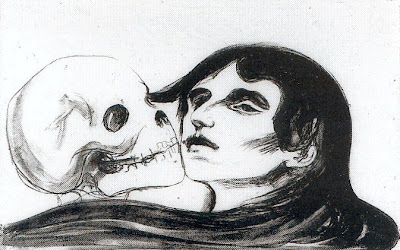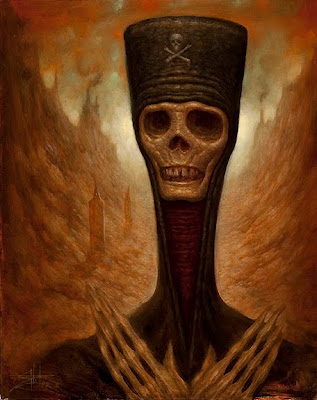
Could corpses at various macabre, decaying and gory conditions become subjects of artistic significance? Of course Death and macabre issues always produce a strange attractive-repelling feeling, so they have formed one of the most important theme in art beside Portraits, Beauty, Eros, Nature and Landscapes. By seeing such disturbing works from various contemporary photographers, like Andres Serrano, Sally Mann and Tsurisaki Kiyotaka, you find yourself in such a bipolar and confusing feeling at its stongest.

The series of photographs by the notorious Andres Serrano “The Morgue” (1991) , based on details of dead bodies, with info about the cause of death (murder, illness, burning, suicide, poisoning, etc), is related to the fascination of death present in the romanticism of the 19th century , particularly the works of
Theodore Gericault, whose series inspired him. As Serrano said:
“I use photography as a painter uses his canvas”.
 Lam Qua (1801–1860) was a Chinese painter who specialized in Western-style portraits intended largely for Western clients. Lam Qua was the first Chinese portrait painter to be exhibited in the West. He is known for his medical portraiture. From 1836 to 1855, Lam Qua produced a series of medical portraits of patients under treatment with physician Peter Parker, a medical missionary from the United States. Parker commissioned Lam Qua to paint pre-operative portraits of patients who had large tumors or other major deformities. Some of the paintings are now part of a collection of Lam Qua's work held by the Yale University in the Peter Parker Collection at the Harvey Cushing/John Hay Whitney Medical Library; others are in the Gordon Museum, Guy's Hospital, London.
Lam Qua (1801–1860) was a Chinese painter who specialized in Western-style portraits intended largely for Western clients. Lam Qua was the first Chinese portrait painter to be exhibited in the West. He is known for his medical portraiture. From 1836 to 1855, Lam Qua produced a series of medical portraits of patients under treatment with physician Peter Parker, a medical missionary from the United States. Parker commissioned Lam Qua to paint pre-operative portraits of patients who had large tumors or other major deformities. Some of the paintings are now part of a collection of Lam Qua's work held by the Yale University in the Peter Parker Collection at the Harvey Cushing/John Hay Whitney Medical Library; others are in the Gordon Museum, Guy's Hospital, London.







































































.jpg)



